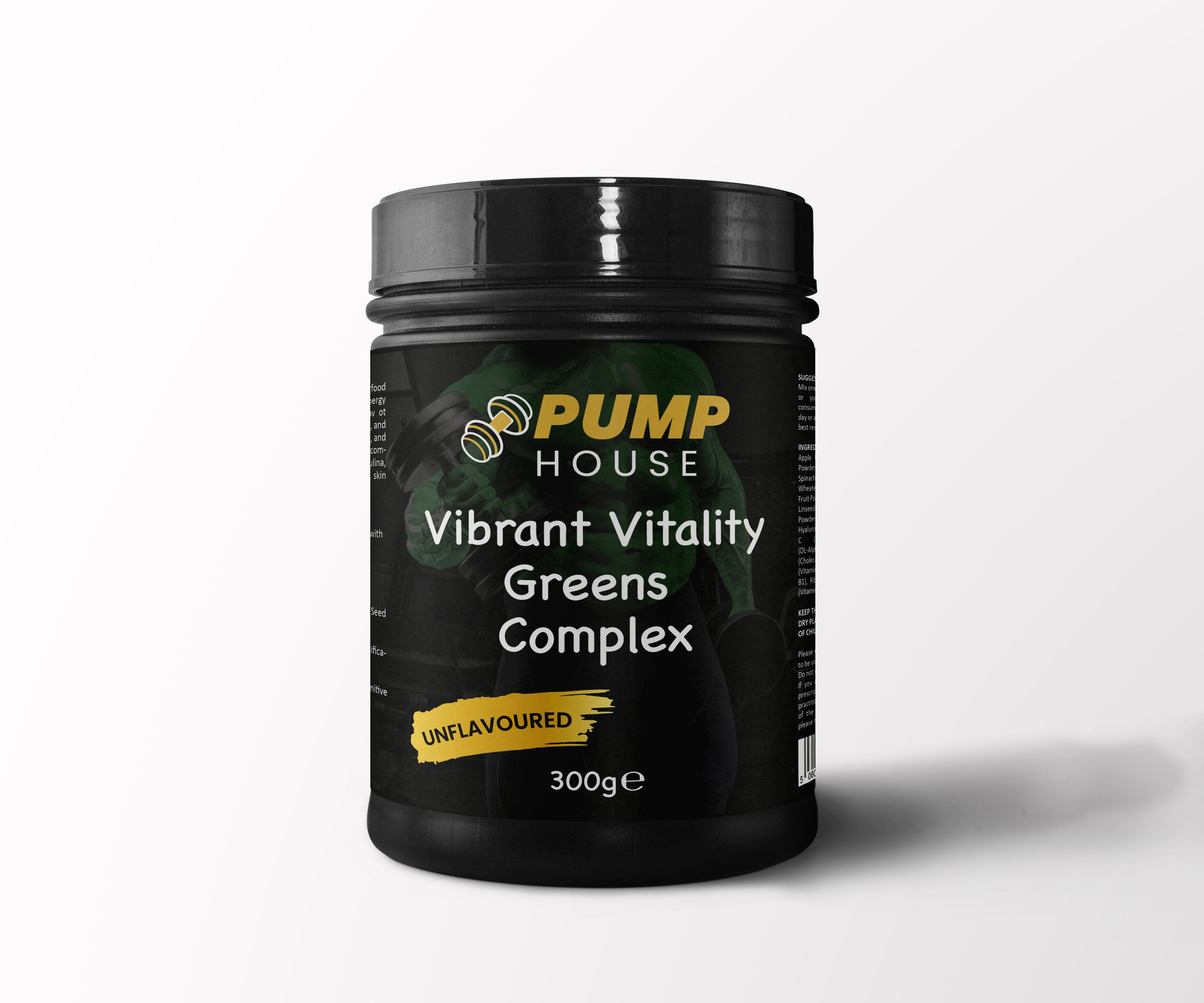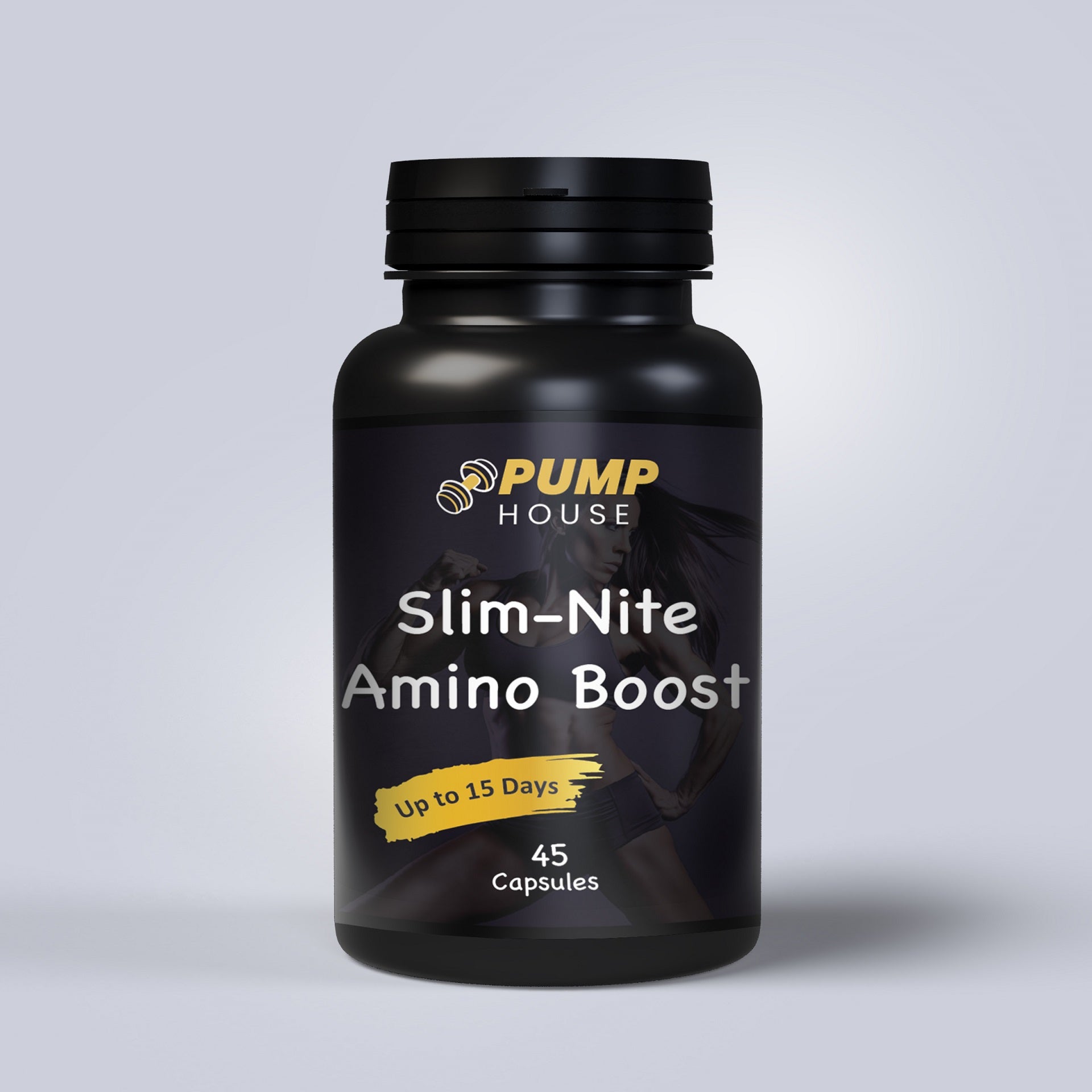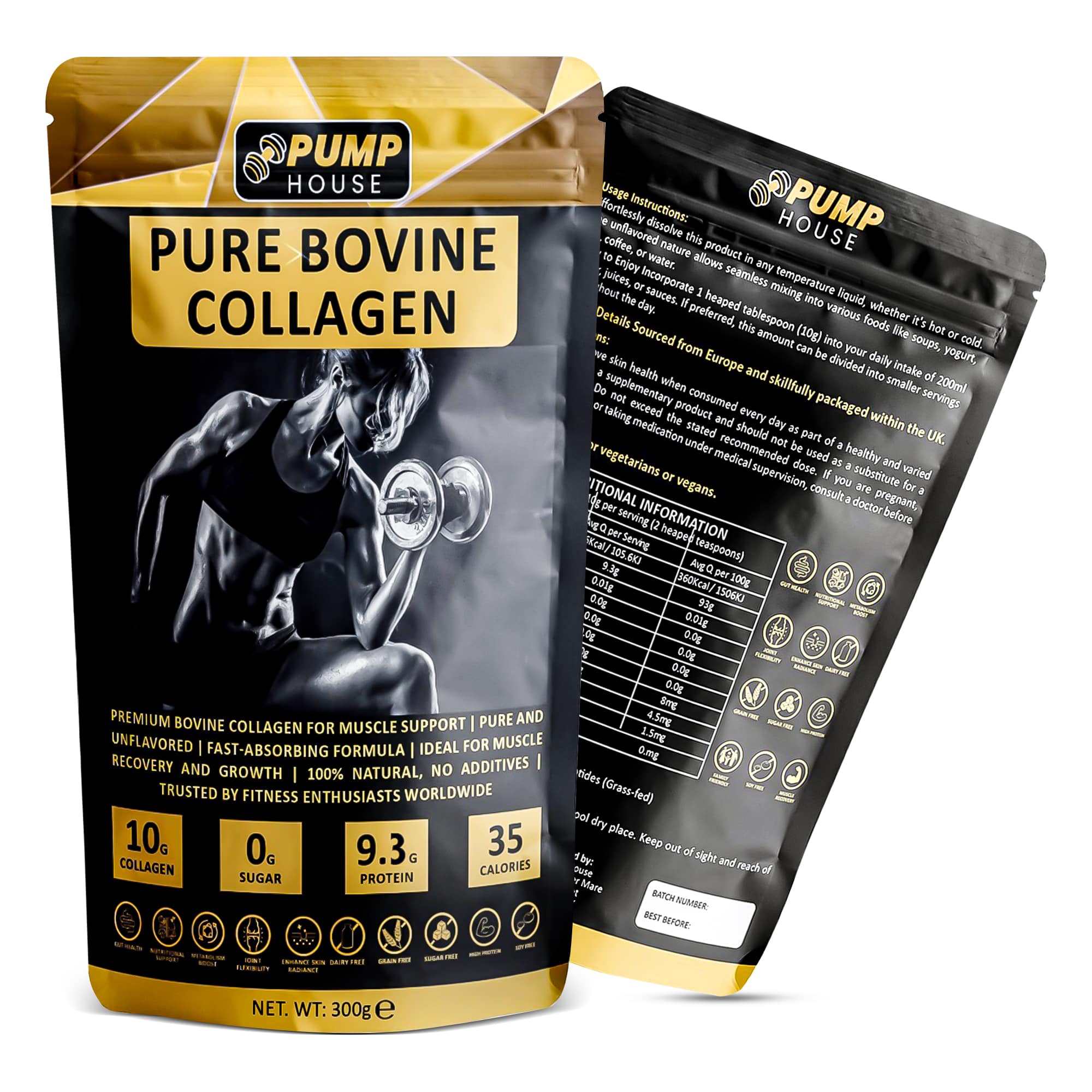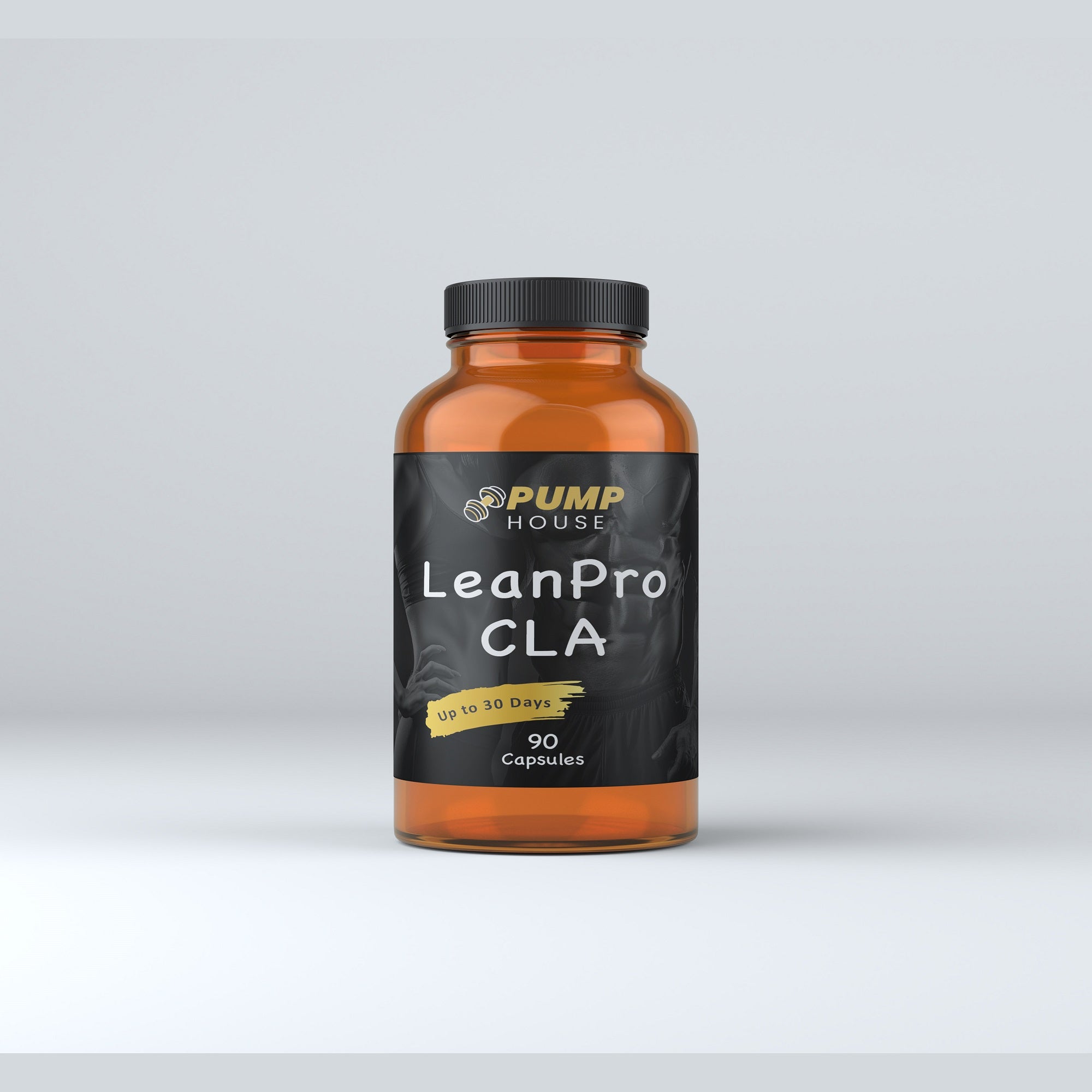
"Eating for Endurance: Carbs, Fats, and Proteins"
"Eating for Endurance: Carbs, Fats, and Proteins"
As the weather starts to warm up and the days get longer, many people are eager to get outside and start their spring fitness regimens. Whether you're training for a marathon, a cycling race, or simply looking to improve your endurance, proper nutrition is key to achieving your goals. In this blog post, we will discuss the importance of proper nutrition for endurance athletes and provide tips and examples of foods that are ideal for fueling your workouts.
The Importance of Carbs in Endurance Eating
Carbohydrates are essential for endurance athletes as they provide the body with the energy it needs to perform at its best. When you engage in prolonged exercise, your body relies on glycogen stores in the muscles and liver for fuel. Consuming carbohydrates before, during, and after exercise helps replenish these glycogen stores and provides a steady source of energy.
There are two types of carbohydrates: simple and complex. Simple carbohydrates, such as fruits and honey, are quickly digested and provide a quick burst of energy. Complex carbohydrates, such as whole grains and starchy vegetables, take longer to digest and provide a sustained release of energy. It's important for endurance athletes to consume a mix of both types of carbohydrates to ensure they have enough energy to sustain their workouts.
Some examples of carb-rich foods that are ideal for endurance athletes include bananas, sweet potatoes, whole grain bread, oatmeal, and quinoa. These foods are not only rich in carbohydrates but also provide important vitamins, minerals, and fiber that support overall health.
Choosing the Right Fats for Endurance Athletes
Contrary to popular belief, fats are an important part of an endurance athlete's diet. Fats provide a concentrated source of energy and help the body absorb fat-soluble vitamins. They also play a role in hormone production and help protect organs.
There are different types of fats, and it's important for endurance athletes to choose the right ones. Unsaturated fats, such as those found in avocados, nuts, and olive oil, are considered healthy fats and should be included in an endurance athlete's diet. These fats help reduce inflammation and support heart health.
On the other hand, saturated fats and trans fats should be limited as they can increase the risk of heart disease. Saturated fats are found in animal products like meat and dairy, while trans fats are found in processed foods like cookies and fried foods.
The Role of Protein in Endurance Eating
Protein is essential for endurance athletes as it helps repair and build muscle tissue. When you engage in prolonged exercise, your muscles undergo micro-tears that need to be repaired. Consuming protein after exercise helps speed up the recovery process and promotes muscle growth.
There are different types of protein, including animal-based proteins like meat, poultry, fish, and dairy, as well as plant-based proteins like beans, lentils, tofu, and quinoa. Both types of protein can be included in an endurance athlete's diet, but it's important to choose lean sources of animal protein and combine plant-based proteins to ensure you're getting all the essential amino acids.
Some examples of protein-rich foods that are ideal for endurance athletes include chicken breast, salmon, Greek yogurt, eggs, almonds, and black beans. These foods not only provide a good source of protein but also contain other important nutrients like omega-3 fatty acids and antioxidants.
Balancing Macronutrients for Optimal Endurance Performance
In addition to consuming the right types of carbohydrates, fats, and proteins, it's important for endurance athletes to balance their macronutrients for optimal performance. The ideal macronutrient ratio for endurance athletes is generally around 50-60% carbohydrates, 20-30% fats, and 15-25% protein.
To calculate the ideal macronutrient ratio for your specific needs, you can use an online calculator or consult with a registered dietitian. It's important to note that individual needs may vary depending on factors such as training intensity, duration, and body composition.
To ensure you're getting a balanced mix of macronutrients, you can create meals that include a combination of carbohydrates, fats, and proteins. For example, a balanced meal for an endurance athlete could include grilled chicken breast (protein), quinoa (carbohydrates), and roasted vegetables drizzled with olive oil (fats).
Meal Planning for Endurance Athletes

Meal planning is an important aspect of endurance eating as it helps ensure you have the right foods on hand to fuel your workouts. When planning your meals, it's important to consider your training schedule and plan accordingly.
One strategy is to prepare meals in advance and portion them out into individual containers. This way, you can grab a pre-made meal when you're short on time or on the go. Another strategy is to cook in bulk and freeze individual portions for later use.
When planning your meals, it's important to include a mix of carbohydrates, fats, and proteins. You can also include a variety of fruits and vegetables to ensure you're getting a wide range of vitamins and minerals.
Here's an example of a meal plan for an endurance athlete:
- Breakfast: Overnight oats made with rolled oats, almond milk, chia seeds, and topped with berries and almonds.
- Snack: Greek yogurt with sliced banana and a drizzle of honey.
- Lunch: Grilled chicken breast with quinoa and roasted vegetables.
- Snack: Apple slices with almond butter.
- Dinner: Baked salmon with sweet potato wedges and steamed broccoli.
- Snack: Protein smoothie made with almond milk, spinach, banana, and protein powder.
Snacking for Endurance: Healthy Options to Keep You Fuelled
Snacking is an important part of an endurance athlete's diet as it helps provide a steady source of energy throughout the day. When choosing snacks, it's important to opt for nutrient-dense options that provide a mix of carbohydrates, fats, and proteins.
Some examples of healthy snacks that are ideal for endurance athletes include trail mix, energy bars, Greek yogurt with fruit, hummus with carrot sticks, and hard-boiled eggs. These snacks are portable and can be easily packed in a gym bag or backpack.
It's also important to consider the timing of snacks for optimal endurance performance. Consuming a snack about 30 minutes to an hour before exercise can help provide a quick source of energy. Snacking during exercise can help maintain energy levels and prevent fatigue. Consuming a snack within 30 minutes to an hour after exercise can help replenish glycogen stores and promote muscle recovery.
Hydration and Endurance Eating: Tips for Staying Hydrated
Hydration is crucial for endurance athletes as even mild dehydration can negatively impact performance. When you engage in prolonged exercise, you lose water through sweat and need to replace it to maintain proper hydration.
To stay hydrated, it's important to drink water throughout the day, not just during exercise. The general recommendation is to drink at least 8 cups (64 ounces) of water per day, but individual needs may vary depending on factors such as body weight, activity level, and climate.
In addition to water, it's also important to replenish electrolytes lost through sweat. Electrolytes are minerals like sodium, potassium, and magnesium that help regulate fluid balance in the body. Consuming electrolyte-rich foods and beverages like coconut water, sports drinks, and fruits can help replenish these minerals.
Easter Healthy Eating: A Guide to Healthier Holiday Treats
Maintaining a healthy diet during holidays can be challenging, but with a little planning and creativity, you can enjoy healthier versions of your favorite Easter treats. Instead of reaching for store-bought chocolate eggs and sugary candies, consider making your own healthier versions at home.
For example, you can make homemade dark chocolate eggs using high-quality dark chocolate and fill them with nuts or dried fruit. You can also make carrot cake muffins using whole wheat flour, grated carrots, and natural sweeteners like honey or maple syrup.
Another option is to incorporate more fruits and vegetables into your Easter menu. You can serve a colorful salad with mixed greens, berries, and a light vinaigrette dressing. For the main course, consider grilling lean meats like chicken or fish and serving them with roasted vegetables.
Incorporating Endurance Eating into Your Spring Fitness Routine
Proper nutrition is essential for endurance athletes as it provides the fuel needed to perform at their best. By incorporating endurance eating into your spring fitness routine, you can optimize your performance and achieve your goals.
Remember to include a mix of carbohydrates, fats, and proteins in your diet and balance your macronutrients for optimal performance. Plan your meals in advance and include a variety of nutrient-dense foods. Don't forget to stay hydrated and choose healthy snacks to keep you fueled throughout the day.
With the right nutrition and training plan, you can take your endurance performance to the next level this spring. So lace up your shoes, grab your water bottle, and get ready to conquer your fitness goals!







